Bassarova, M.; Archer, M.; and Hand, S.J. December 20, 2001. “New Oligo-Miocene Pseudocheirids (Marsupialia) of the Genus Paljara from Riversleigh, Northwestern Queensland.”Memoirs of the Association of Australasian Palaeontologists 25:61-75.
Bisby F.A.; Roskov Y.R.; Orrell T.M.; Nicolson D.; Paglinawan L.E.; Bailly N.; Kirk P.M.; Bourgoin T.; Baillargeon G.; Ouvrard D. (red.) 2011. "Pseudochirulus forbesi (Thomas, 1887)." Species 2000 & ITIS Catalogue of Life: 2011 Annual Checklist Taxonomic Serial Number 709424. Species 2000: Reading, UK. Retrieved on April 9, 2014.
- Available at: http://www.itis.gov/servlet/SingleRpt/SingleRpt?search_topic=TSN&search_value=709424
Boelens, Bo; Watkins, Michael; and Grayson, Michael. 2009. The Eponym Dictionary of Mammals. JHU Press.
Boudet, Ch. 10 January 2009. "Species Sheet: Painted Ringtail." Mammals' Planet: Vs n°4, 04/2010. Retrieved on April 9, 2014.
- Available at: http://www.planet-mammiferes.org/drupal/en/node/38?indice=Pseudochirulus+forbesi
Boudet, Ch. 10 January 2009. "Subspecies Sheet: Moss Forest Ringtail Possum." Mammals' Planet: Vs n°4, 04/2010. Retrieved on April 9, 2014.
- Available at: http://www.planet-mammiferes.org/drupal/en/node/39?indice=Pseudochirulus+forbesi+longipilis
Conn, Barry J.; and Damas, Kipiro Q. 2005. Guide to Trees of Papua New Guinea: Tree Descriptions. National Herbarium of New South Wales and Papua New Guinea National Herbarium. Retrieved on April 9, 2014.
- Available at: http://www.pngplants.org/PNGtrees/
Duff, Andrew; and Lawson, Ann. 2004. Mammals of the World: A Checklist. Yale University Press.
Earle, Christopher J. (Editor). The Gymnosperm Database. Retrieved on April 9, 2014.
- Available at: http://www.conifers.org/index.php
Flannery, Timothy F. 1994. Possums of the World: A Monograph of the Phalangeroidea. Chastwood, Australia: GEO Productions in association with the Australian Museum.
The Food and Agriculture Organization of the United Nations and the United Nations Environment Programme. 1984. “Part II Country Briefs: Papua New Guinea.” Tropical Forest Resources Assessment Project (in the framework of the Global Environment Monitoring System – GEMS) – Forest Resources of Tropical Asia. UN 32/6.1301-78-04 Technical Report 3. Rome, Italy: Publications Division, Food and Agriculture Organization of the United Nations, first printing 1981, second printing 1984. Retrieved on April 9, 2014.
- Available at: http://www.fao.org/docrep/007/ad908e/ad908e00.htm
- Available at: http://www.fao.org/docrep/007/ad908e/AD908E22.htm
Food and Agriculture Organization Forest Harvesting, Trade and Marketing Branch. 1998. “Appendix 1. List of Tree Species.” Forest Harvesting Case-Study 15: Forest Harvesting Operations in Papua New Guinea, The PNG Logging Code of Practice. Rome, Italy: Publishing and Multimedia Service, Information Division, Food and Agriculture Organization of the United Nations. Retrieved on April 9, 2014.
- Available at: http://www.fao.org/docrep/004/Y2711E/y2711e00.htm#TopOfPage
- Available at: http://www.fao.org/docrep/004/Y2711E/y2711e12.htm
Gansloßer, Udo. 2004. "Moss-forest Ringtail: Pseudocheirus forbesi." P. 122 in Grzimek's Animal Life Encyclopedia, Second Edition. Volume 13: Mammals II, edited by Michael Hutchins, Devra G. Kleiman, Valerius Geist, and Melissa C. McDade. Farmington Hills, MI: Gale Group, Inc., division of Thomson Learning Inc.
Gibbs, L.S. July 1917. Dutch N.W. New Guinea: A Contribution to the Phytogeography and Flora of the Arfak Mountains (Read before the Newcastle Meeting of the British Association for the Advancement of Science, September 1916). London: Taylor and Francis. Retrieved on April 9, 2014.
- Available via Internet Archive at: https://archive.org/stream/mobot31753000302528#page/iv/mode/2up
- Available via Botanicus.org at: http://www.botanicus.org/title/b11815000
Gould, John. 1863. Mammals of Australia. Volume I. London: John Gould.
Hales, J. 2013. "816: Papua Peninsula." Freshwater Ecoregions of the World. Retrieved on April 9, 2014.
- Available at: http://www.feow.org/ecoregions/details/papuan_peninsula
Helgen, K.; Dickman, C.; and Salas, L. 2008. "Pseudochirulus forbesi." In: IUCN 2013. International Union for Conservation of Nature and Natural Resources Red List of Threatened Species. Version 2013.2. Retrieved on April 9, 2014.
- Available at: http://www.iucnredlist.org/details/40639/0
Hoffman, Carl. 2014. Savage Harvest: A Tale of Cannibals, Colonialism, and Michael Rockefeller's Tragic Quest for Primitive Art. New York: HarperCollins Publishers.
Hume, Ian D. 1999. Marsupial Nutrition. Melbourne, Australia: Cambridge University Press.
Kennedy, Michael (Editor). 1992. Australasian Marsupials and Monotremes: An Action Plan for Their Conservation. International Union for Conservation of Nature and Natural Resources.
Kerle, Jean Anne. 2001. Possums: The Brushtails, Ringtails and Greater Glider. Sydney: University of New South Wales Australian Natural History Series. Retrieved on April 9, 2014.
- Available at: http://books.google.com/books?id=YDM0hjAwchUC&lpg=PT65&dq=Petropseudes%20dahli&pg=PT66#v=onepage&q=Petropseudes%20dahli&f=false
Menkhorst, Peter; and Knight, Frank. 2001. A Field Guide to the Mammals of Australia. South Melbourne: Oxford University Press.
Menzies, James. 5 June 2011. A Handbook of New Guinea’s Marsupials and Monotremes. University of Papua New Guinea Press.
Meredith, Robert W.; Mendoza, Miguel A.; Roberts, Karen K.; Westerman, Michael; and Springer, Mark S. March 2, 2010. “A Phylogeny and Timescale for the Evolution of Pseudocheiridae (Marsupialia: Diprotodontia) in Australia and New Guinea.” Journal of Mammalian Evolution17(2):75-99. Retrieved on April 9, 2014.
- Available at: http://www.ncbi.nlm.nih.gov/pmc/articles/PMC2987229/
Morrison, John. 2014. "Southeastern Peninsula of Papua New Guinea." World Wildlife Fund. Retrieved on April 9, 2014.
- Available at: http://worldwildlife.org/ecoregions/aa0120
Myers, P.; Espinosa, R.; Parr, C.S.; Jones, T.; G. S. Hammond, G.S.; and T. A. Dewey, T.A. 2014. "Pseudochirulus forbesi: Painted Ringtail (also: Moss-Forest Ringtail)." The Animal Diversity Web (On-line). University of Michigan Museum of Zoology. Retrieved on April 9, 2014.
- Available at: http://animaldiversity.ummz.umich.edu/accounts/Pseudochirulus_forbesi/classification/
Nowak, Ronald M. 1999. Walker's Mammals of the World, Sixth Edition. Volume I. Baltimore: Johns Hopkins University Press.
Nowak, Ronald M. 2005. Walker's Marsupials of the World. Baltimore: Johns Hopkins University Press.
"Papuan Montane Forest." Biome Explorer: Azonal Biomes>Montane Forests. Retrieved on April 9, 2014.
- Available at: http://www.biome-explorer.net/Montane%20Forest/Papuan%20Montane%20Forest.html
Parsons, Michael. 6 November 1998. The Butterflies of Papua New Guinea: Their Systematics and Biology. Academic Press.
Petocz, Ronald G. 1 October 1989. Conservation and Development in Irian Jaya: A Strategy for Rational Resource Utilization. Brill Academic Publishers.
"Pseudochirulus forbesi." Digital Morphology: A National Science Foundation Digital Library at University of Texas, Austin. Retrieved on April 9, 2014.
- Available at: http://www.digimorph.org/specimens/Pseudochirulus_forbesi/
"Pseudochirulus forbesi: Painted Ringtail." Encyclopedia of Life. Retrieved on April 9, 2014.
- Available at: http://eol.org/pages/1038007/details
"Pseudochirulus forbesi (Thomas, 1887)." GBIF Backbone Taxonomy: Animalia>Chordata>Mammalia>Diprotodontia>Pseudocheiridae>Pseudochirulus. Global Biodiversity Information Facility. Retrieved on April 10, 2014.Retrieved on April 9, 2014.
- Available at: http://www.gbif.org/species/2440086
Ride, W.D.L. 1970. A Guide to the Native Mammals of Australia. Melbourne: Oxford University Press.
Schaefer, Albrecht G. “New Guinea Forests: Still the Tropical Paradise.” World Wildlife Global>What We Do>Priority Places>New Guinea>The Area>Ecosystems>Forests. Retrieved on April 9, 2014.
- Available at: http://wwf.panda.org/what_we_do/where_we_work/new_guinea_forests/area_forests_new_guinea/new_guinea_forests_ecosystems/forests_new_guinea/
Sillitoe, Paul. 2013. Managing Animals in New Guinea: Preying the Game in The Highlands. Routledge: Studies in Environmental Anthropology.
Stephens, Suzette A. 1 January 2005. "The Ecology of Painted Ringtails (Pseudochirulus forbesi larvatus) at Mt. Stolle, Papua New Guinea and Contributions to the Conservation of New Guinean Mammals." Doctoral Dissertations Available from Proquest. Paper AAI3193944.
- Available at: http://scholarworks.umass.edu/dissertations/AAI3193944
Strahan, Ronald; and Conder, Pamela. 2007. Dictionary of Australian and New Guinean Mammals. CSIRO Publishing.
Tate, G. H. H. 1945. "Results of the Archbold Expeditions, No. 52. The Marsupial Genus Phalanger." American Museum Novitates 1283:1-41.
Tate, G. H. H.; and Archbold, R. 1935. "Results of the Archbold Expeditions. No. 3. Twelve Apparently New Forms of Muridae Other Than Rattus from the Indo-Australian region." American Museum Novitates 803:1-9.
Thomas, Oldfield. 1887. The Annals and Magazine of Natural History: Zoology, Botany, and Geology Being a Continuation of the Annals Combined with Loudon and Charlesworth’s Magazine of Natural History 5(19):146. London: Francis and Taylor Ltd.
Thomas, Oldfield. 1888. Catalogue of the Marsupialia and Monotremata in the Collection of the British Museum (Natural History). London: Trustees of the British Museum; Taylor and Francis Printers.
- Available via Biodiversity Heritage Library at: http://biodiversitylibrary.org/page/37986444
- Available via Internet Archive at: https://archive.org/stream/cataloguemarsup00thomgoog#page/n5/mode/2up
Tyndale-Biscoe, Hugh. 2005. Life of Marsupials. Collingwood, Victoria, Australia: CSIRO Publishing.
Wilson, Don E.; and Reeder, DeeAnn M. (editors). 2005. Mammal Species
of the World: A Taxonomic and Geographic Reference (3rd ed), Johns Hopkins University Press.
Wrobel, Murray (Editor). 2007. Elsevier's Dictionary of Mammals: Latin English German French Italian. Oxford, U.K.: Elsevier B.V.


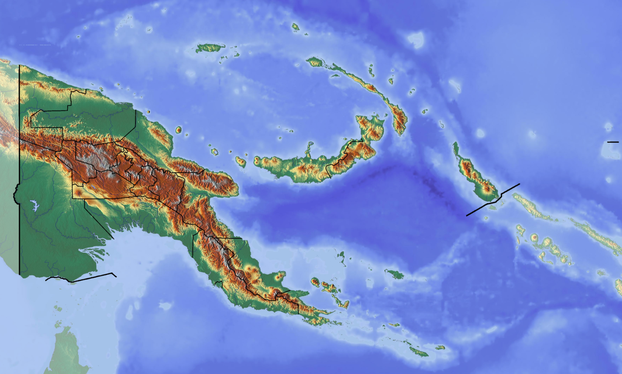
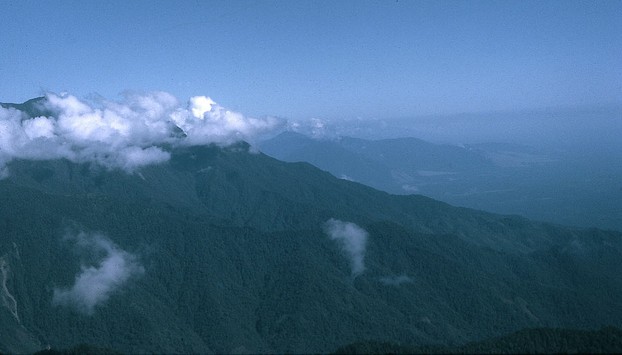
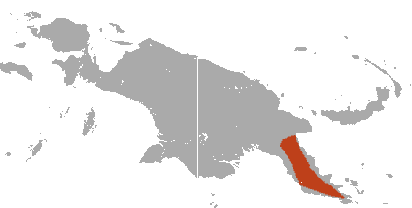
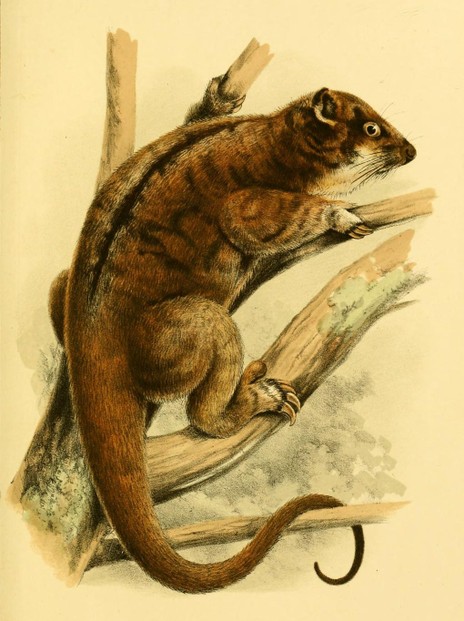
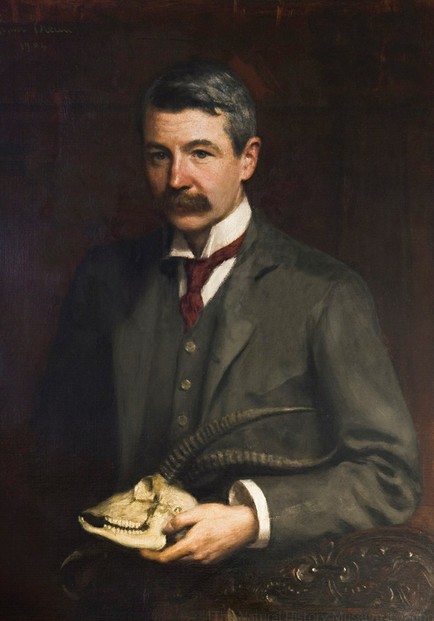

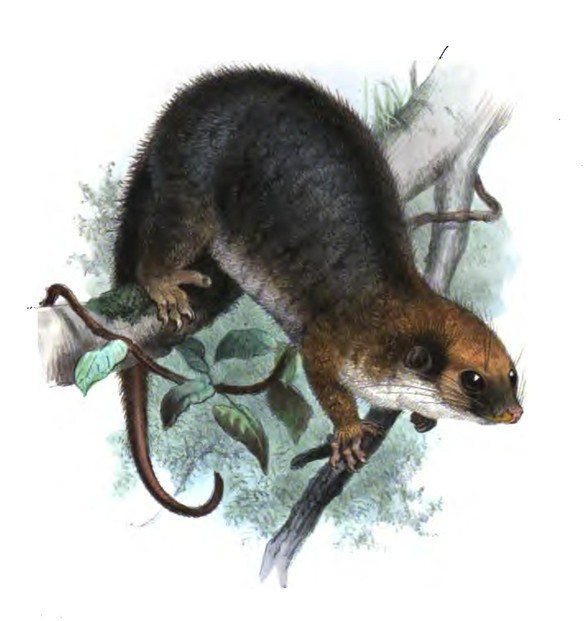
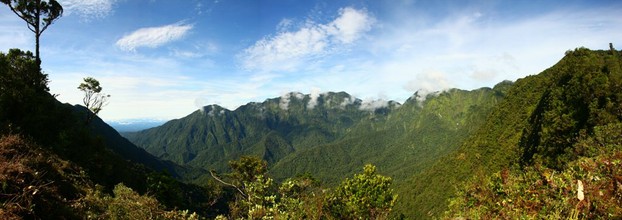
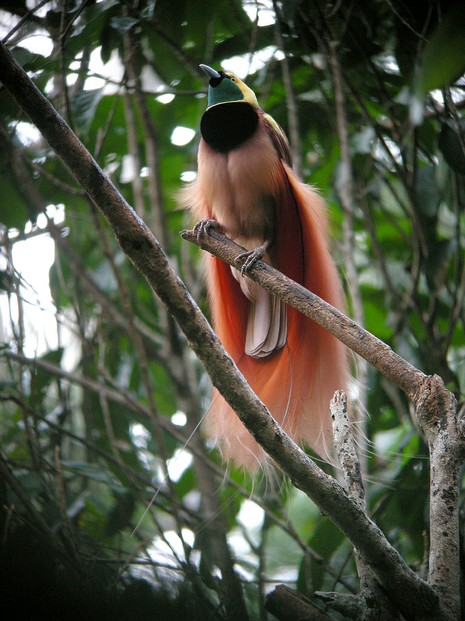
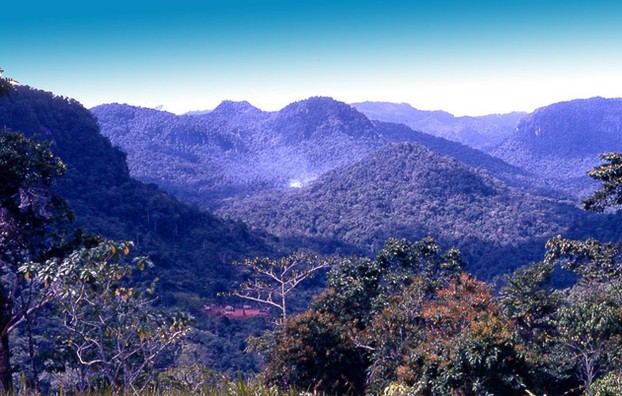






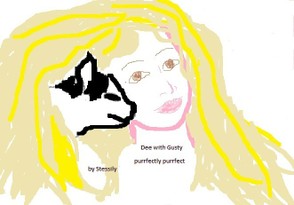
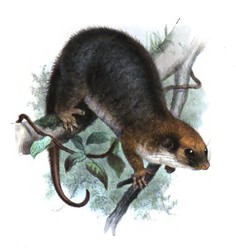

 Are Hawaiian Huakai Po Nightmarchers Avenging Halloween Thursday?on 10/02/2024
Are Hawaiian Huakai Po Nightmarchers Avenging Halloween Thursday?on 10/02/2024
 Mailing Addresses for 2023 Form 4868 Extending 1040 and 1040SR April 15, 2024, Due Dateon 04/15/2024
Mailing Addresses for 2023 Form 4868 Extending 1040 and 1040SR April 15, 2024, Due Dateon 04/15/2024
 Mailing Addresses for 2023 Forms 1040 and 1040SR Filed in 2024on 04/15/2024
Mailing Addresses for 2023 Forms 1040 and 1040SR Filed in 2024on 04/15/2024
 Mailing Addresses for 2022 Form 4868 Extending 1040 and 1040SR April 18, 2023, Due Dateon 04/13/2023
Mailing Addresses for 2022 Form 4868 Extending 1040 and 1040SR April 18, 2023, Due Dateon 04/13/2023

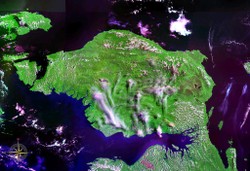
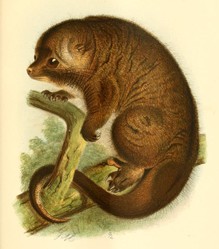
Comments